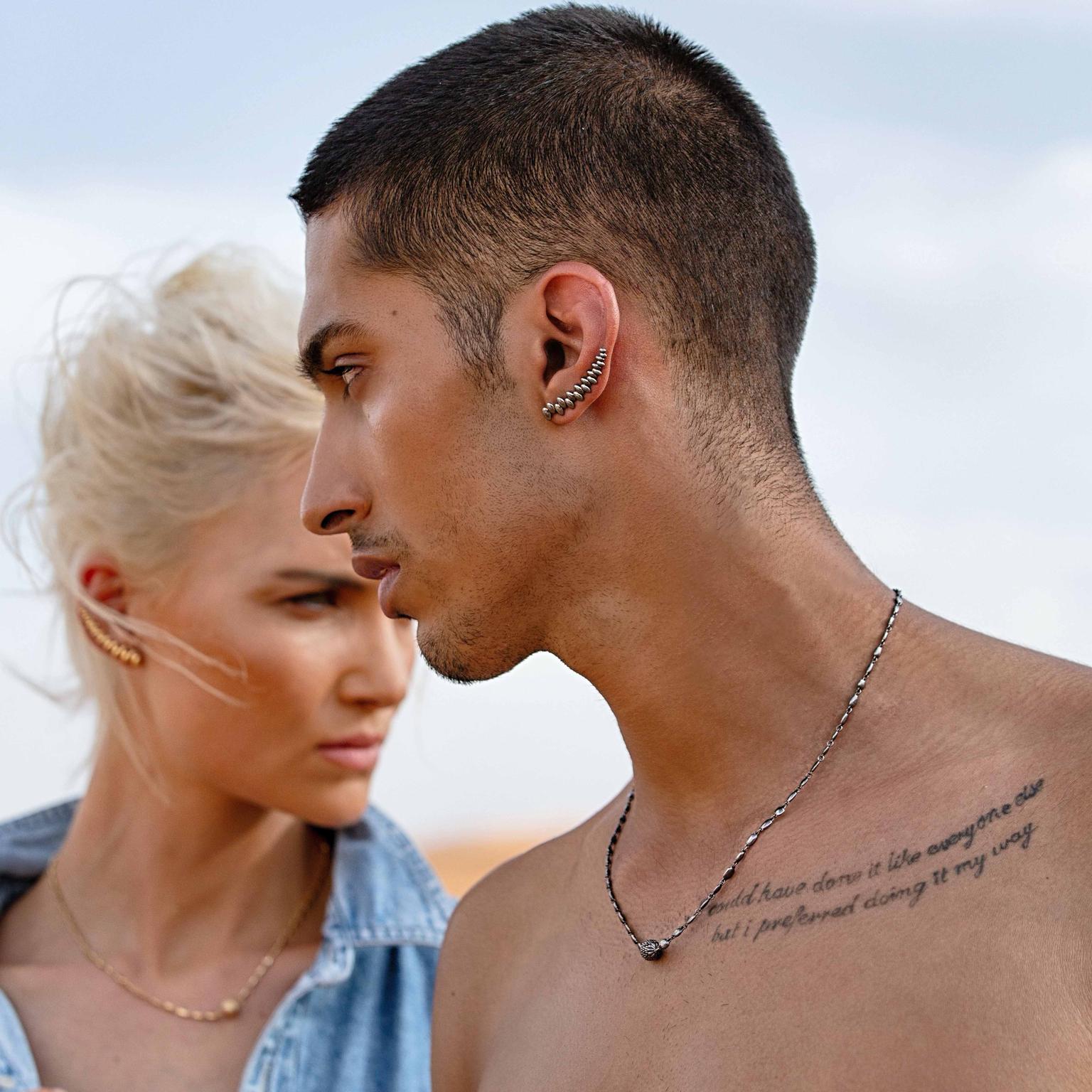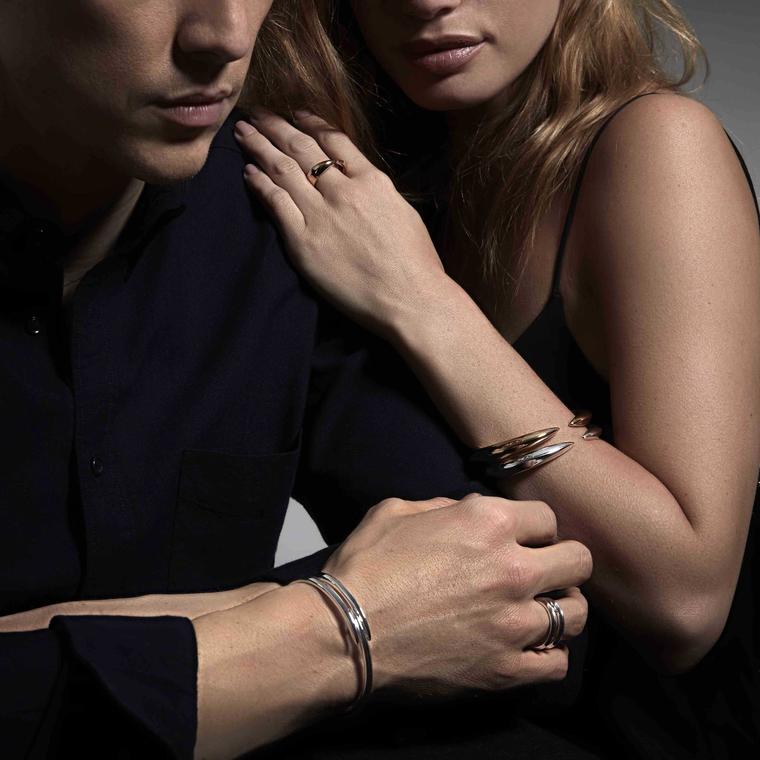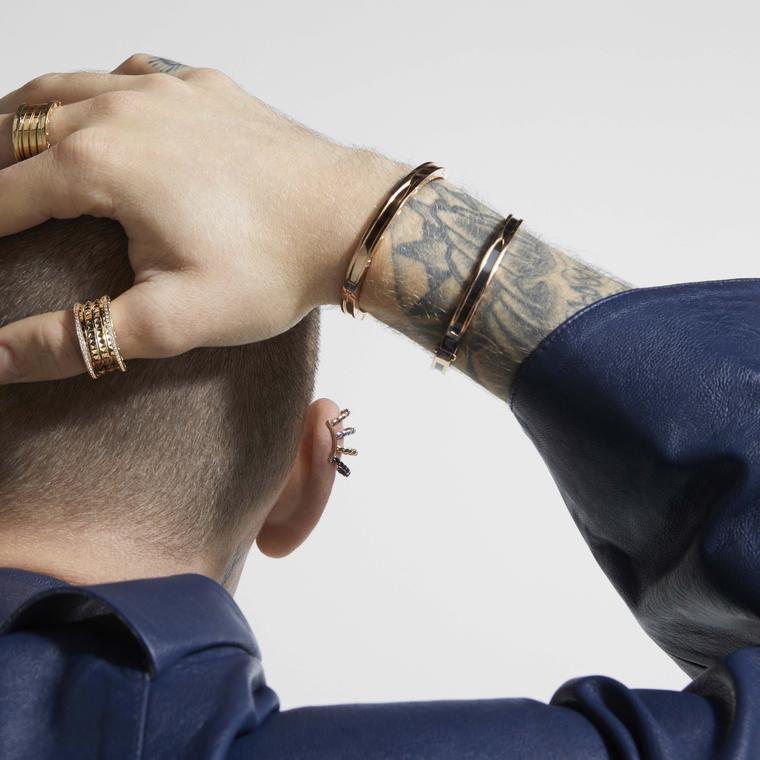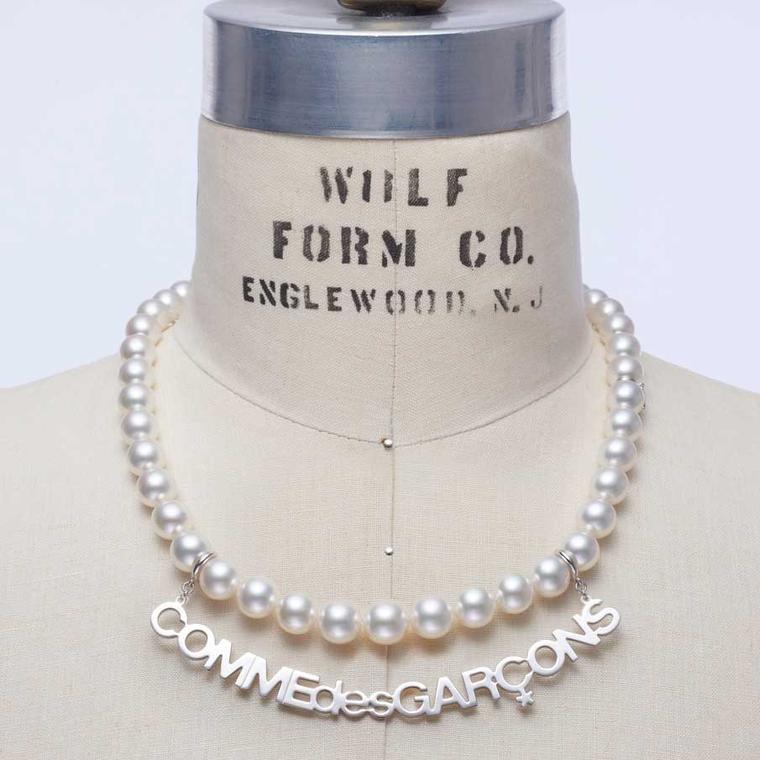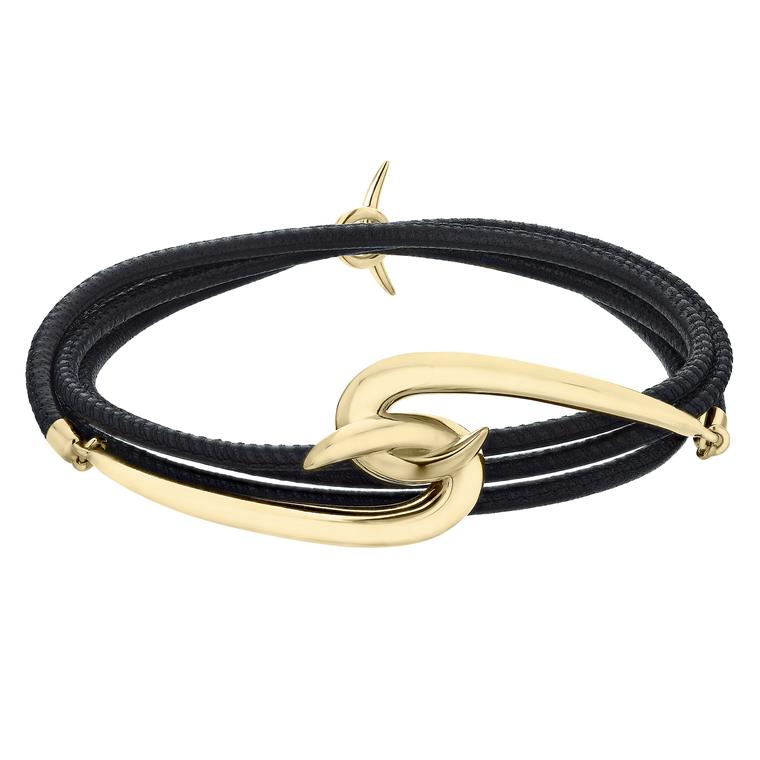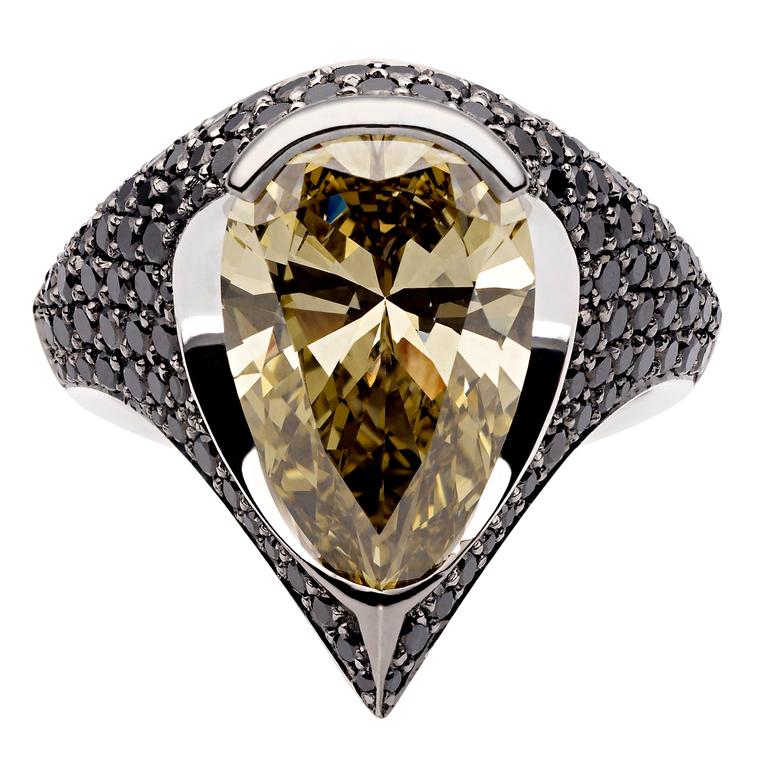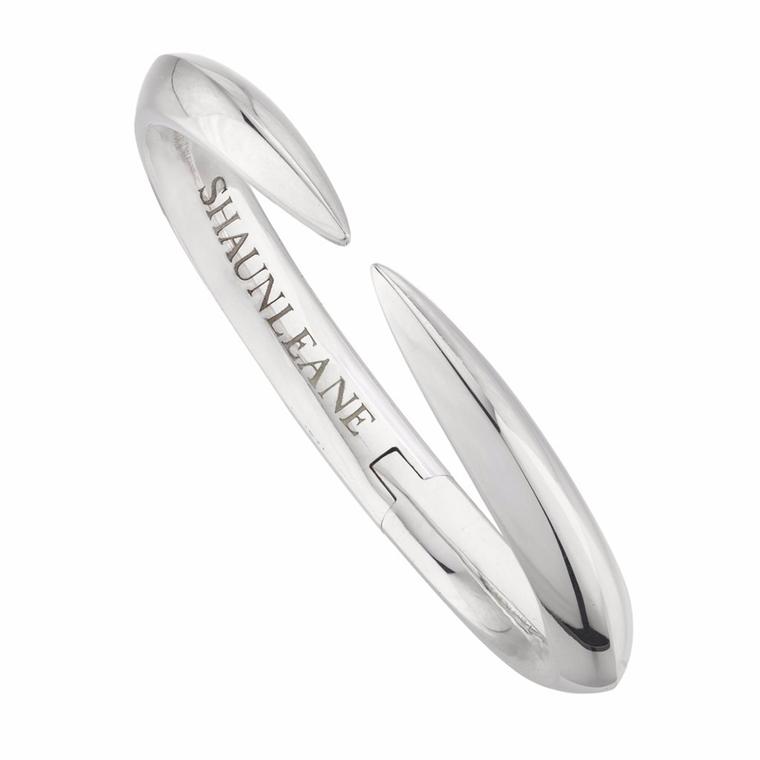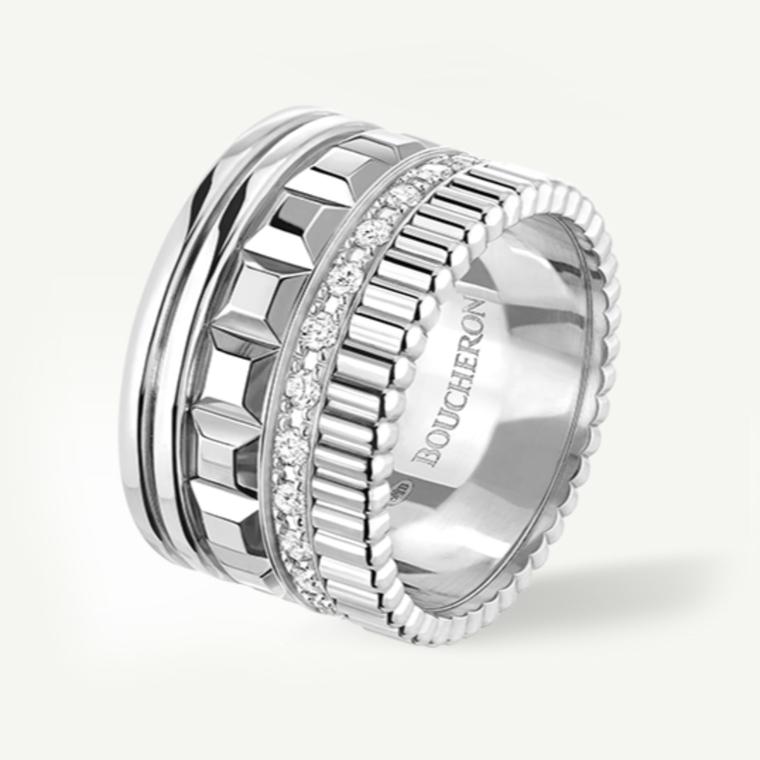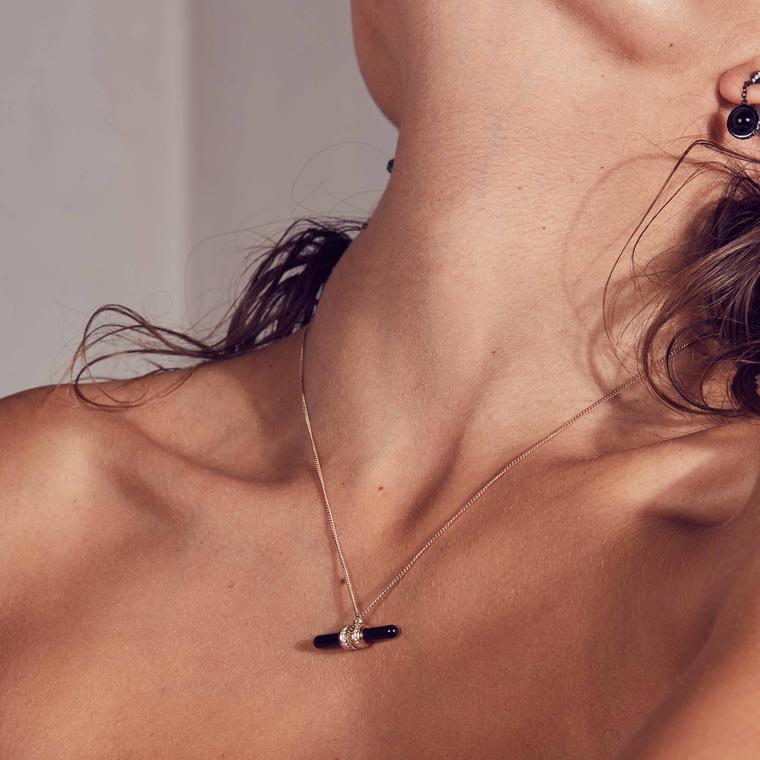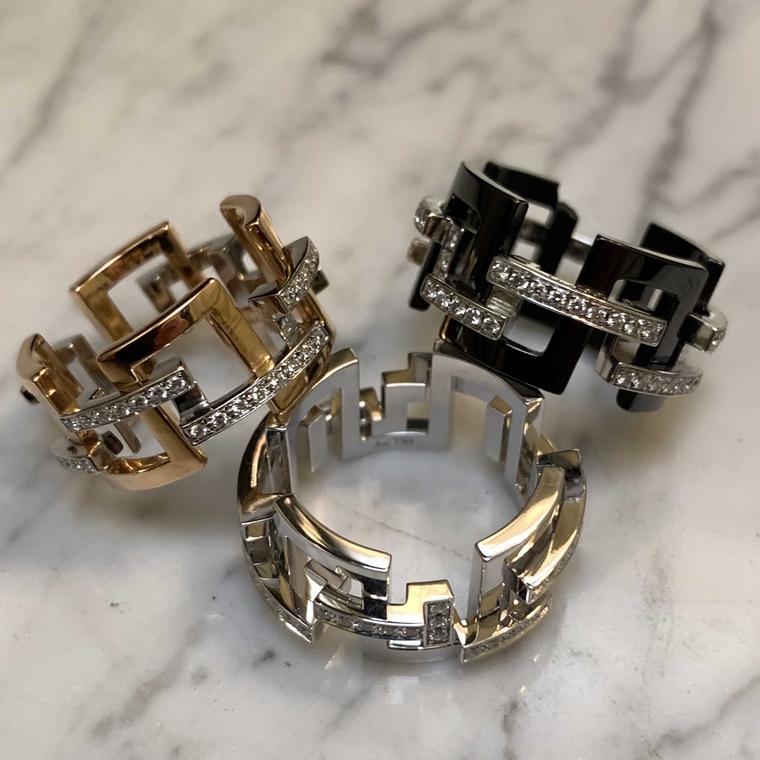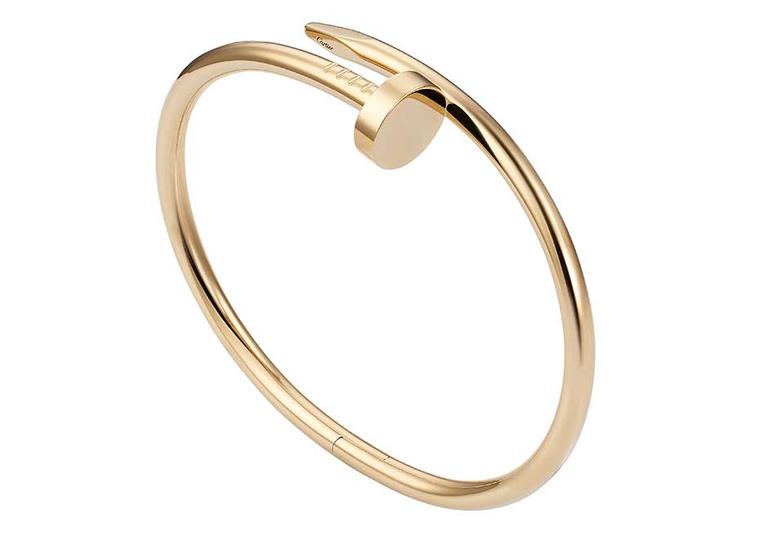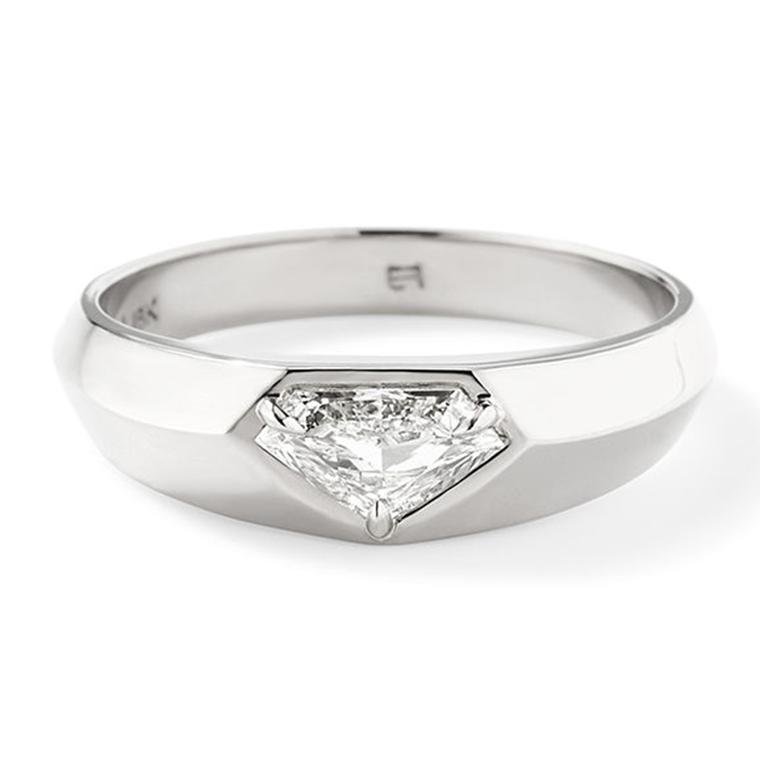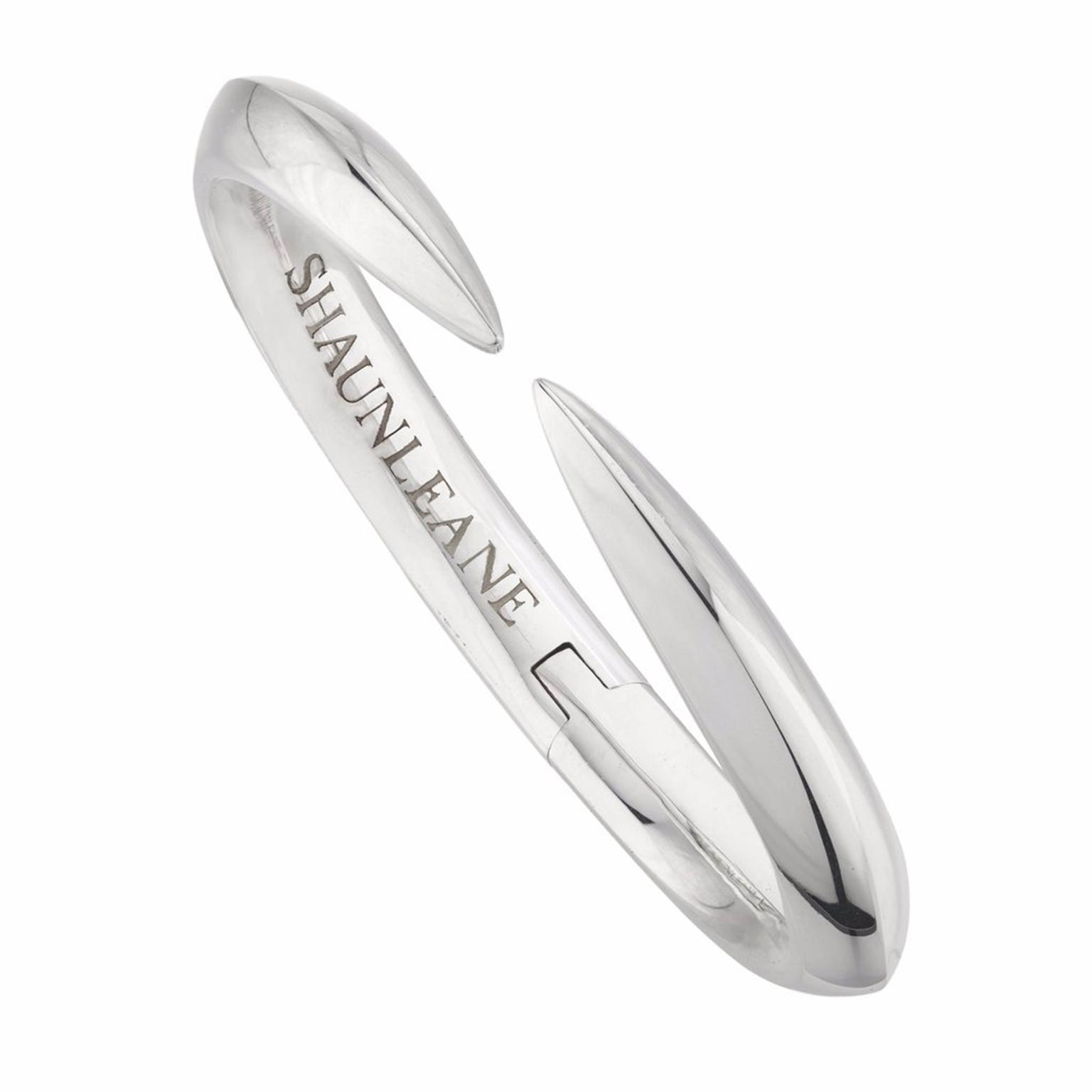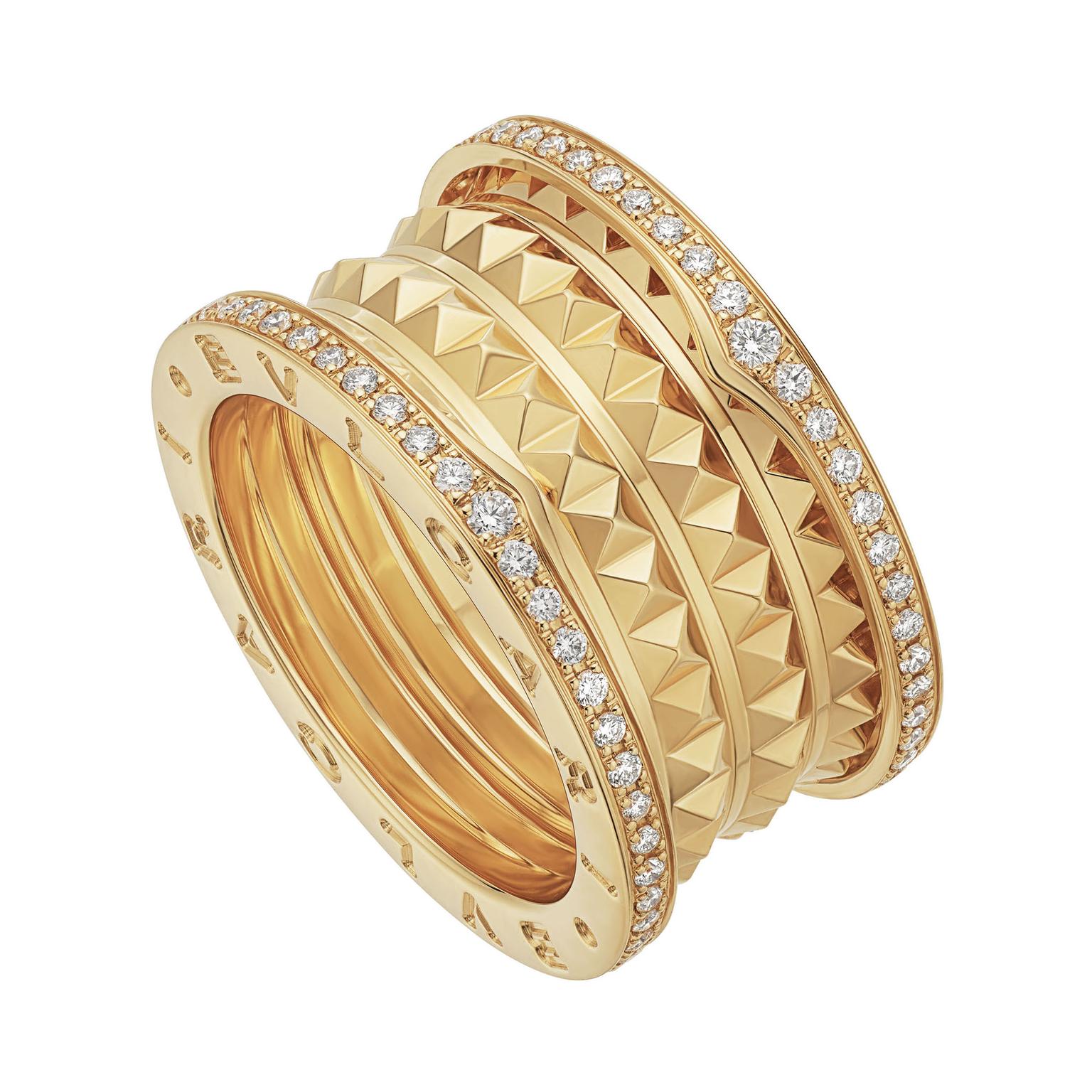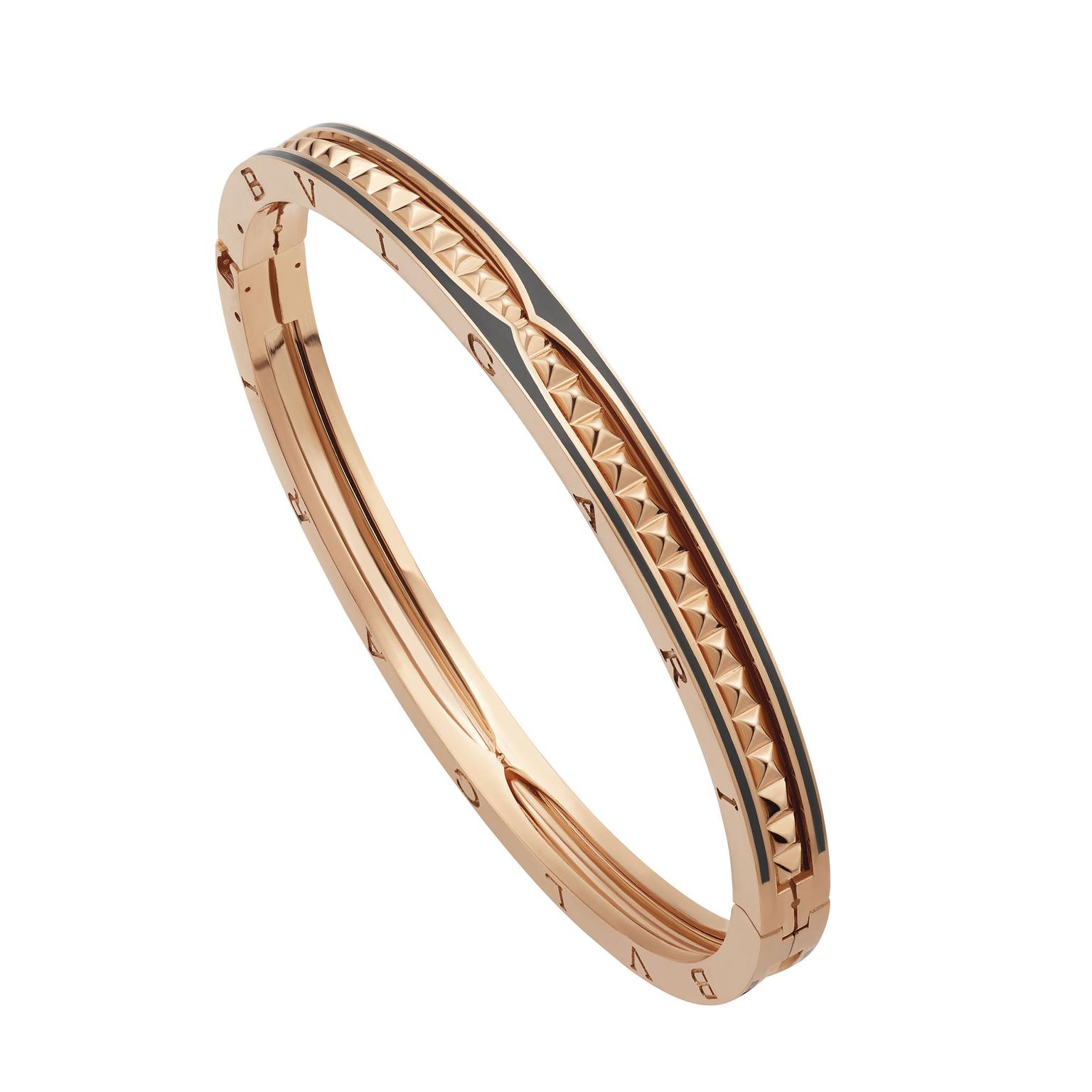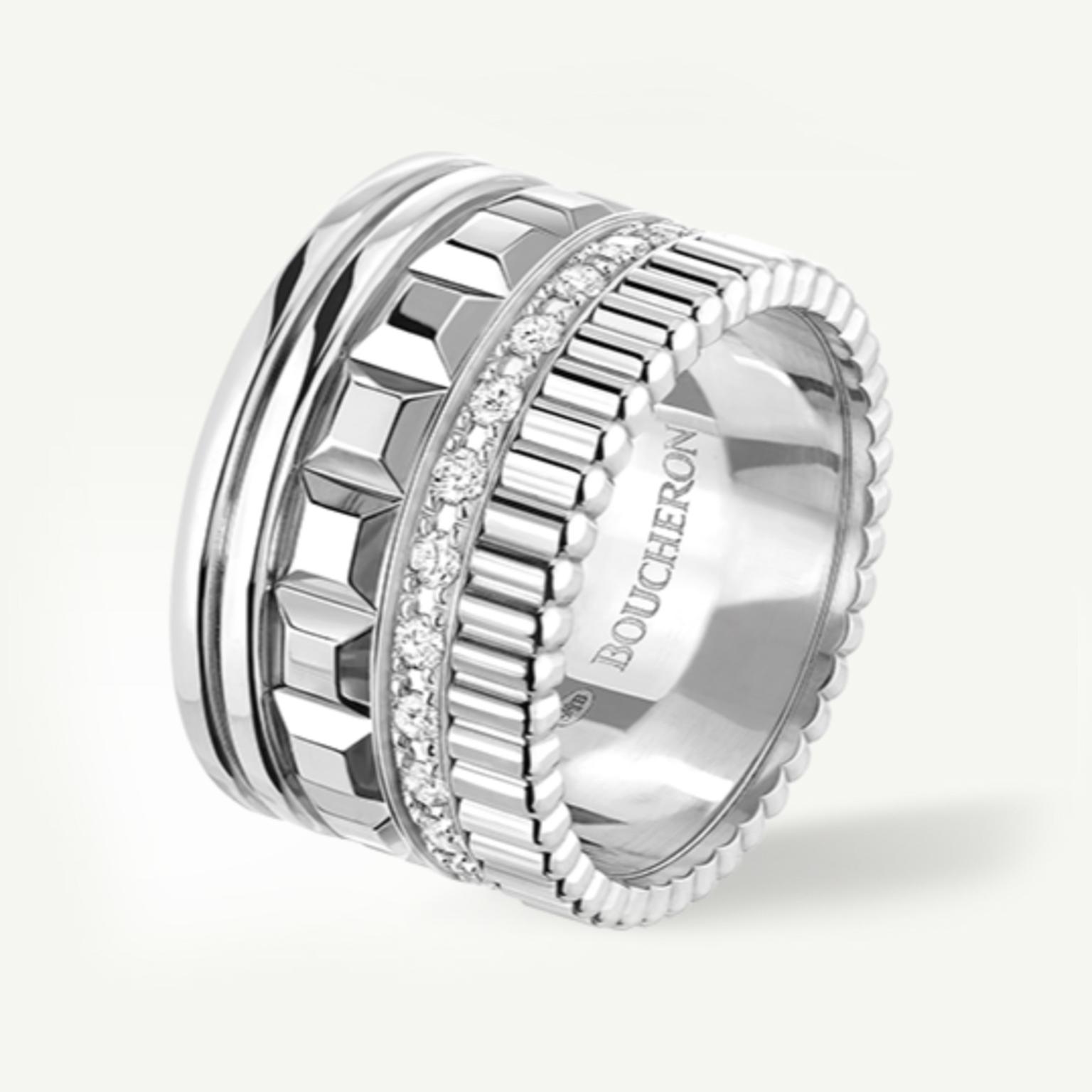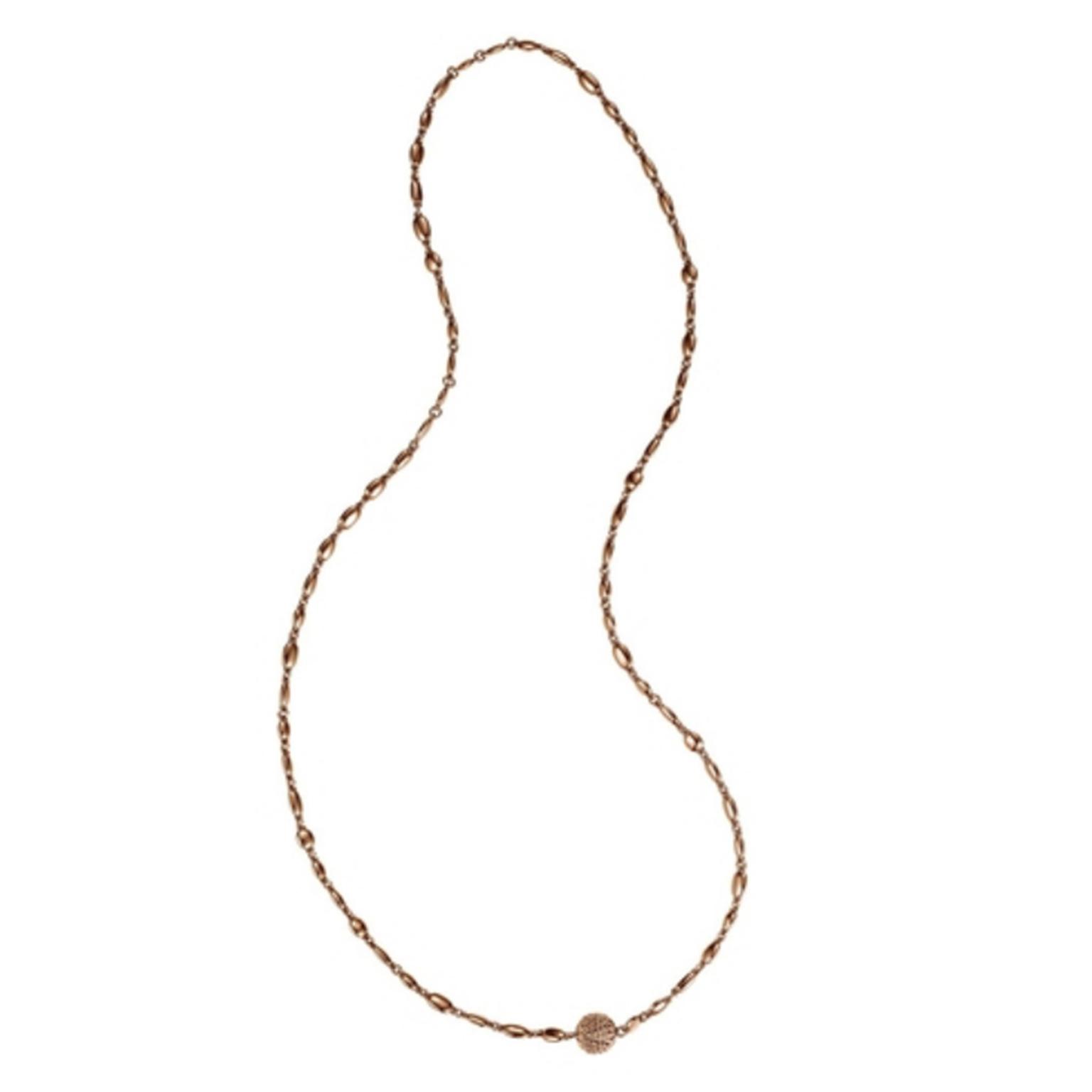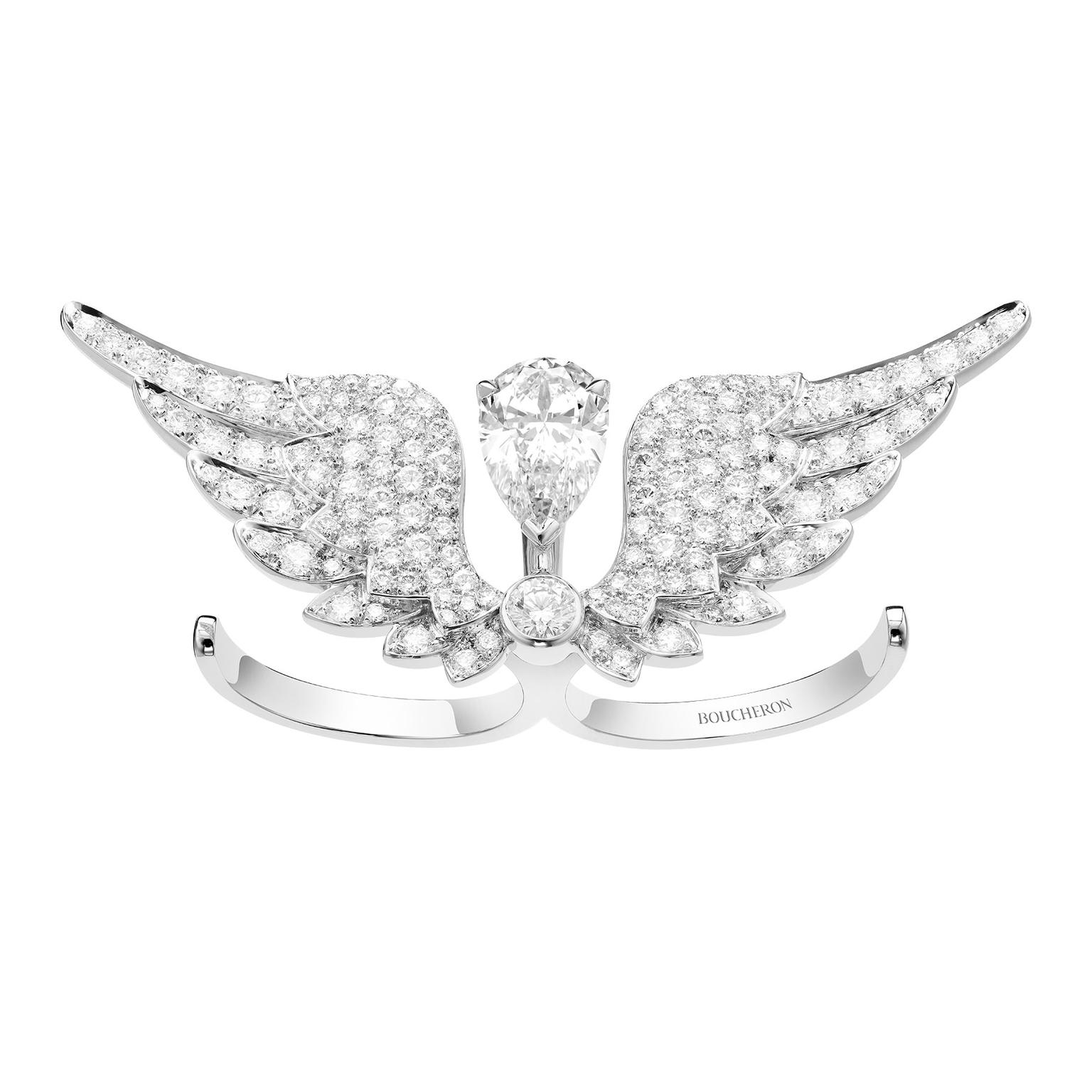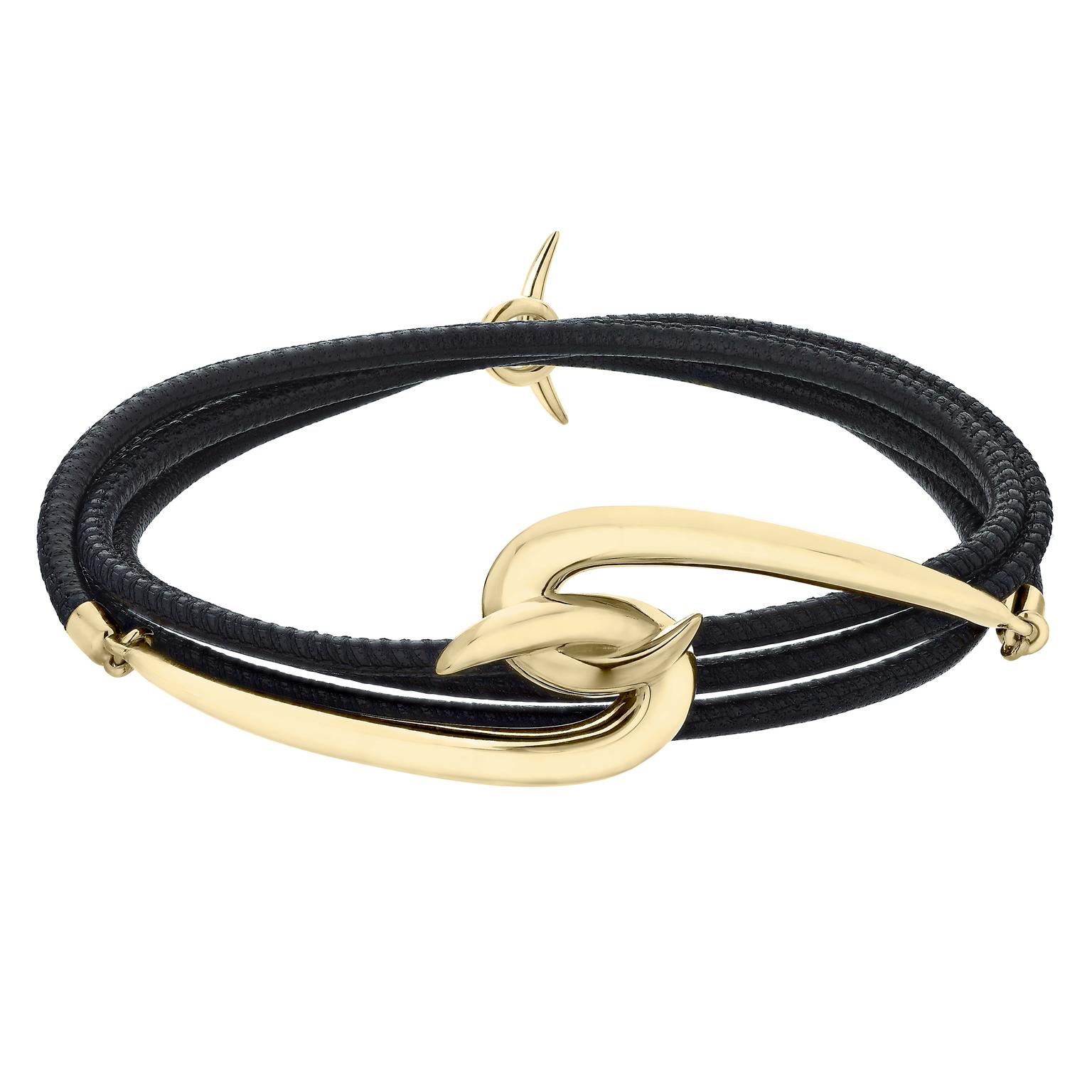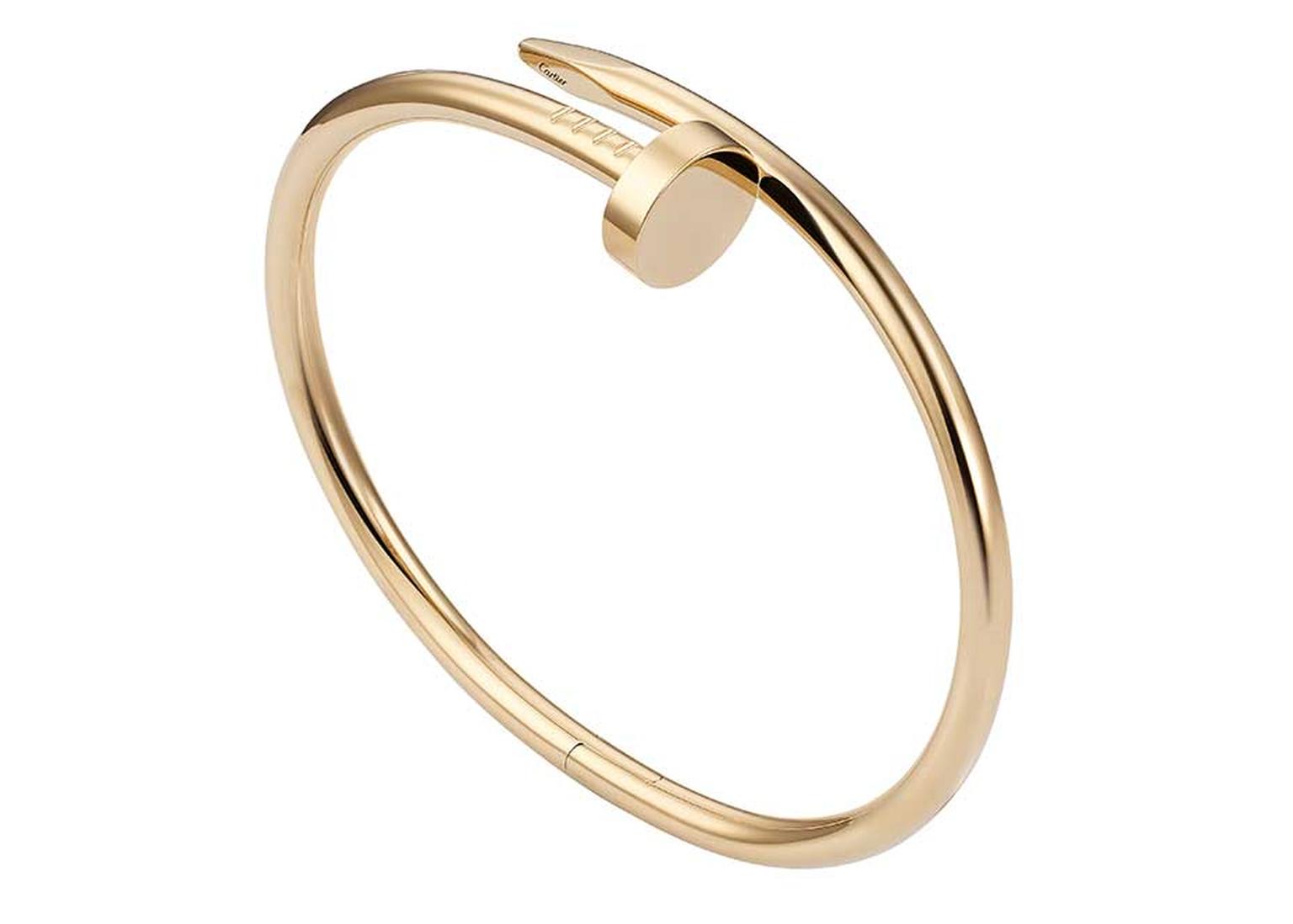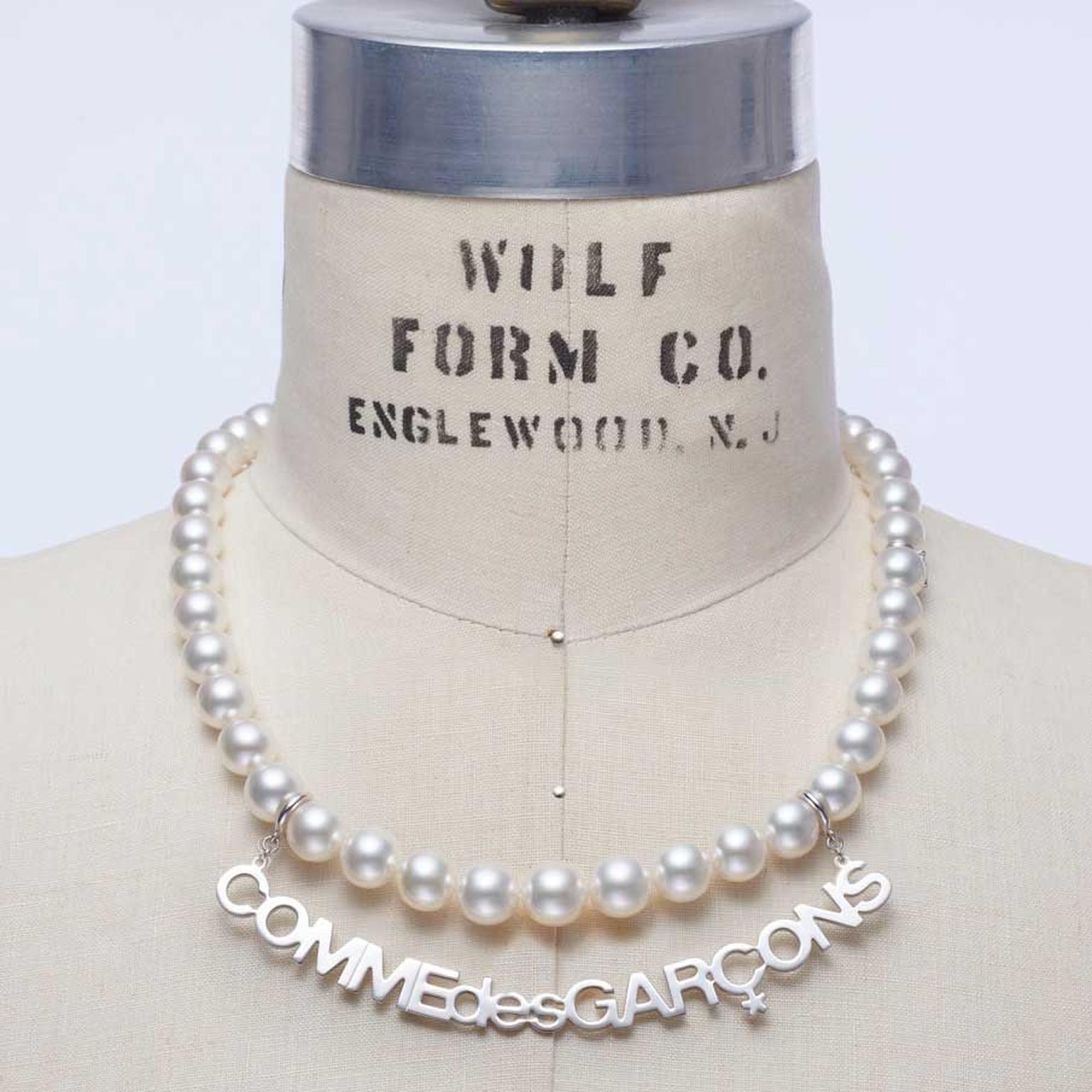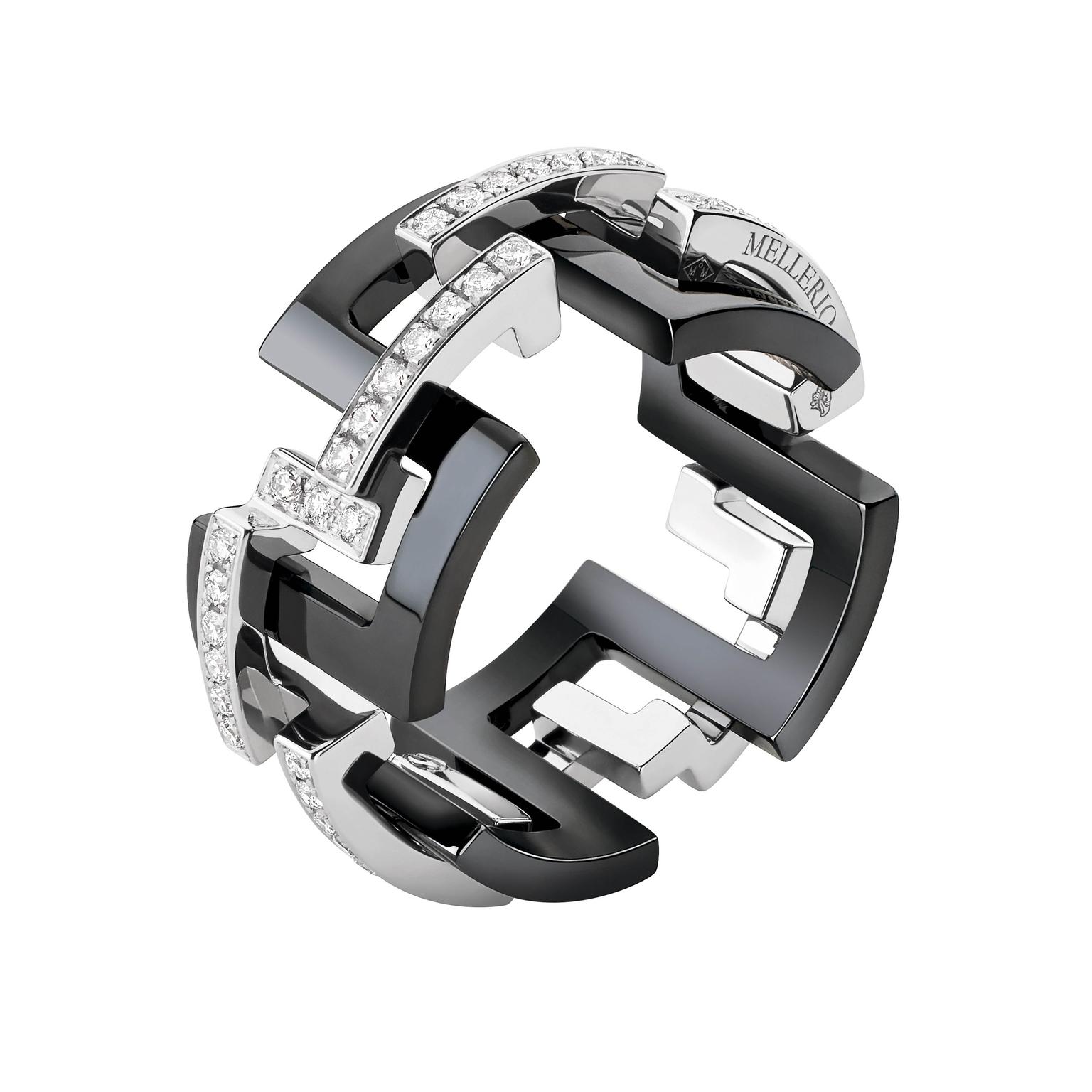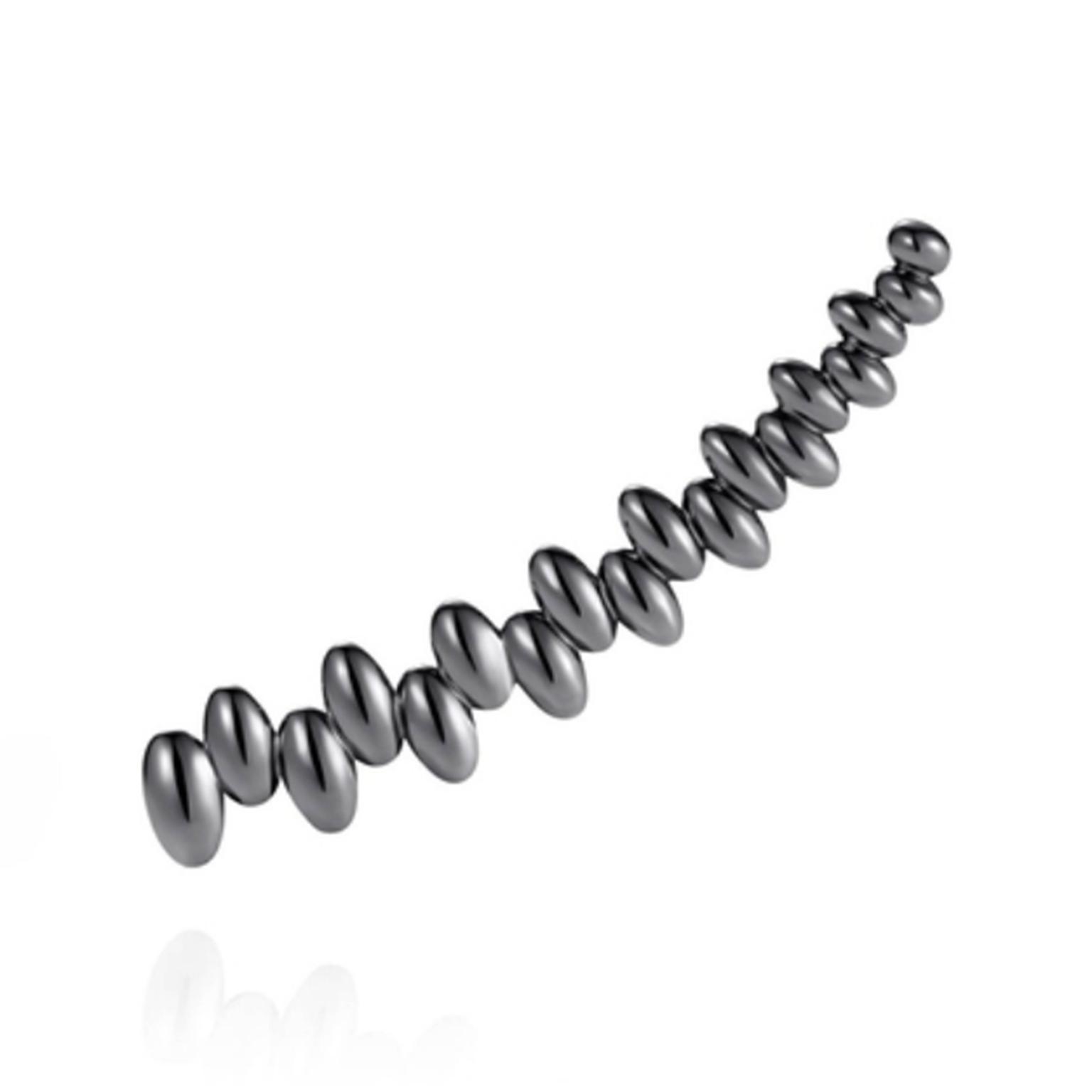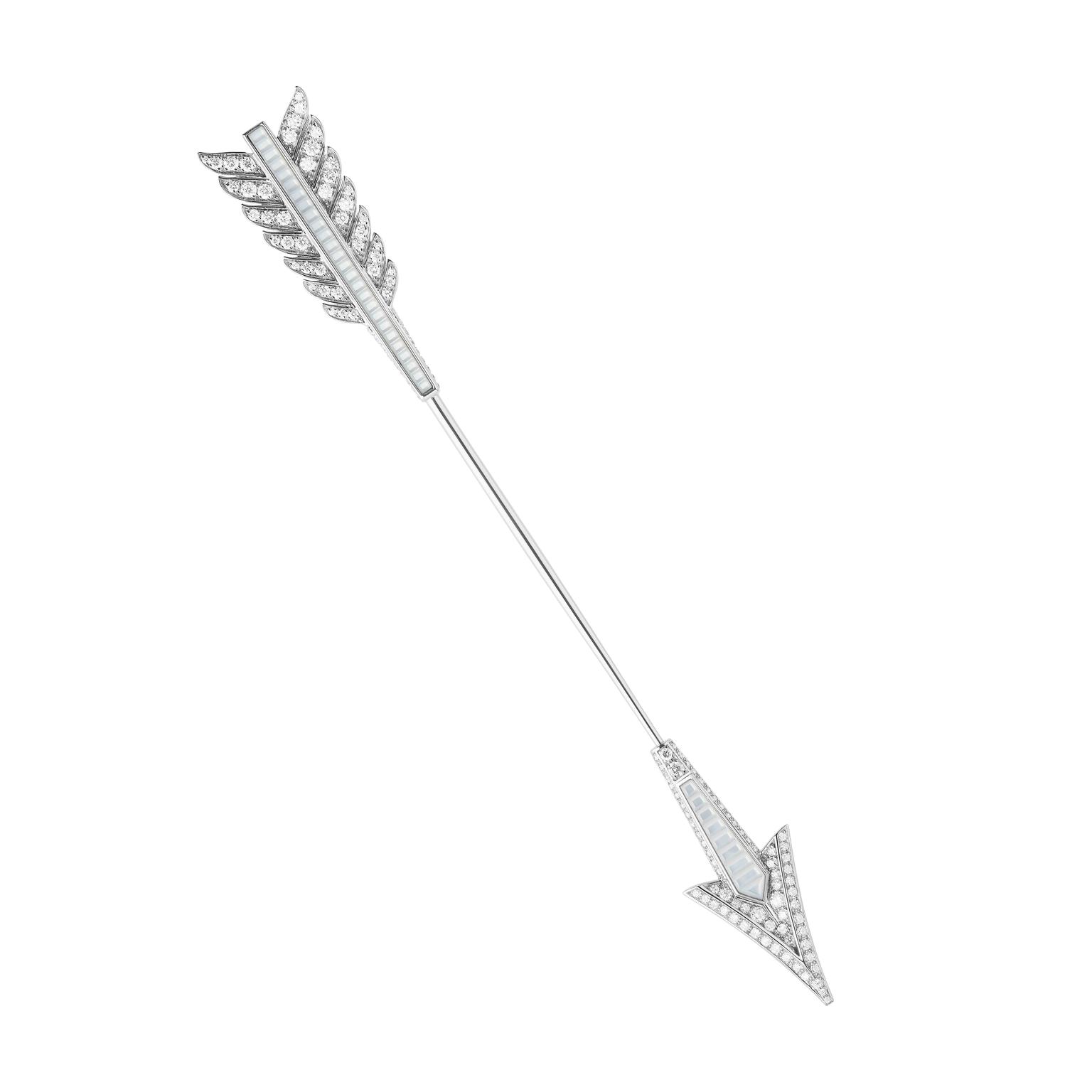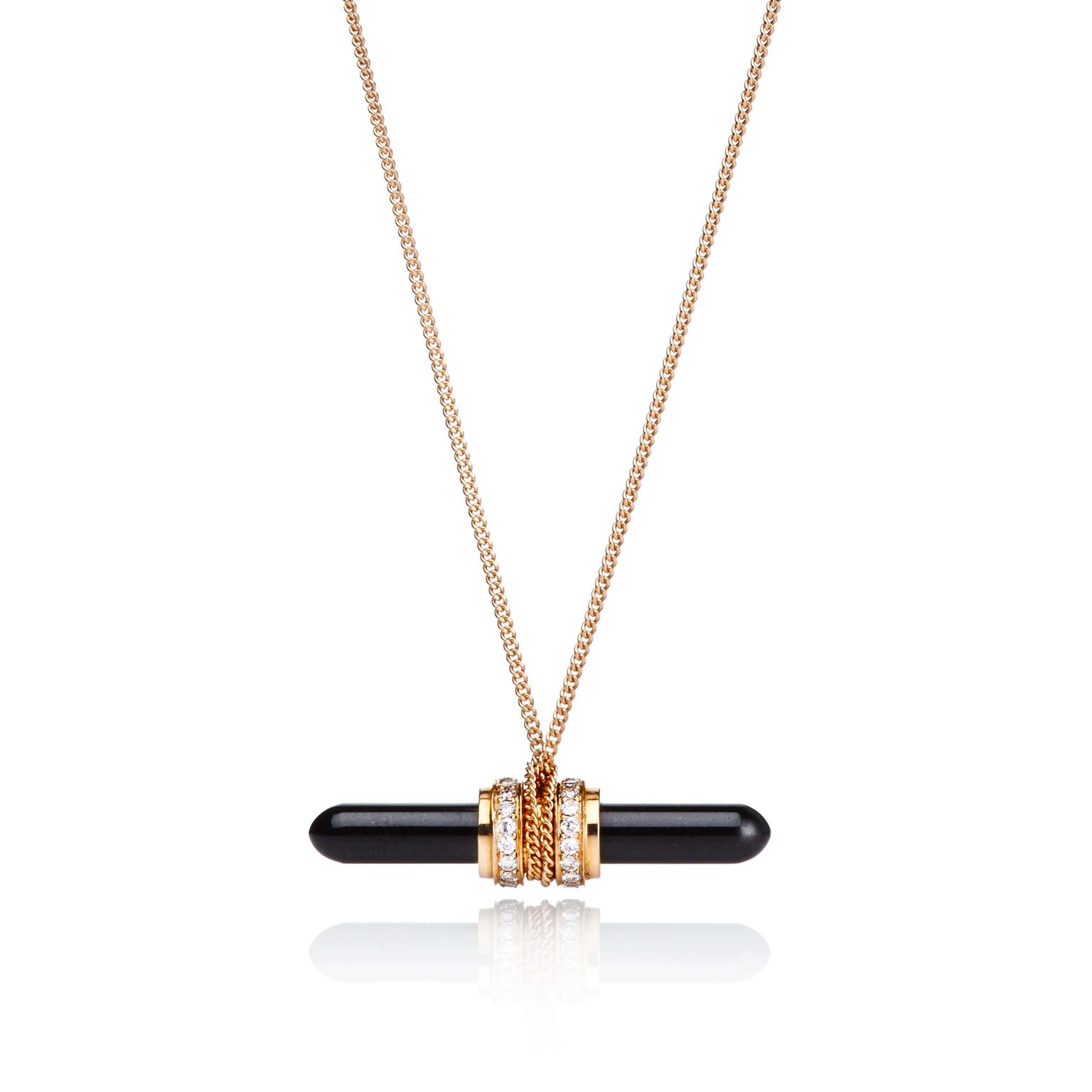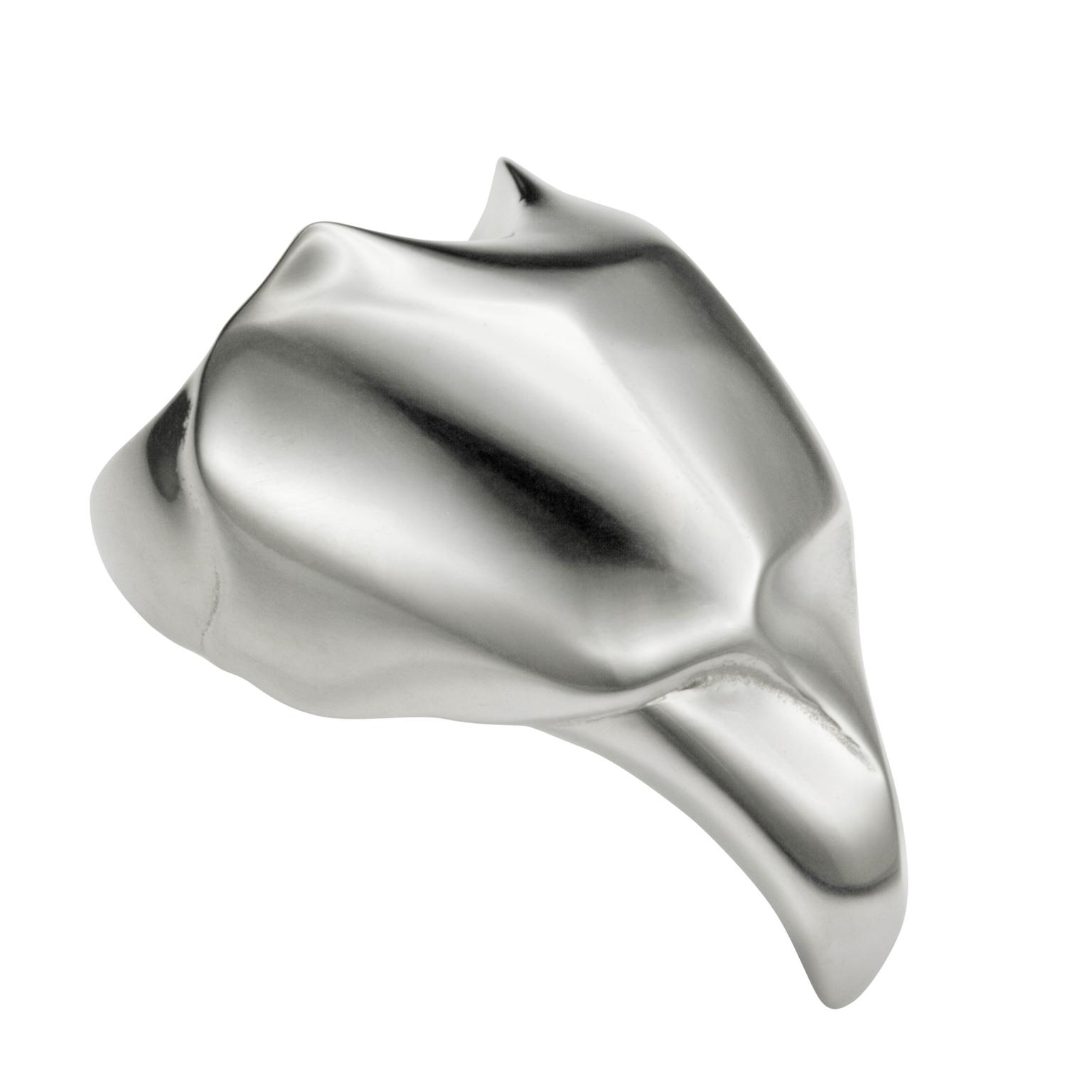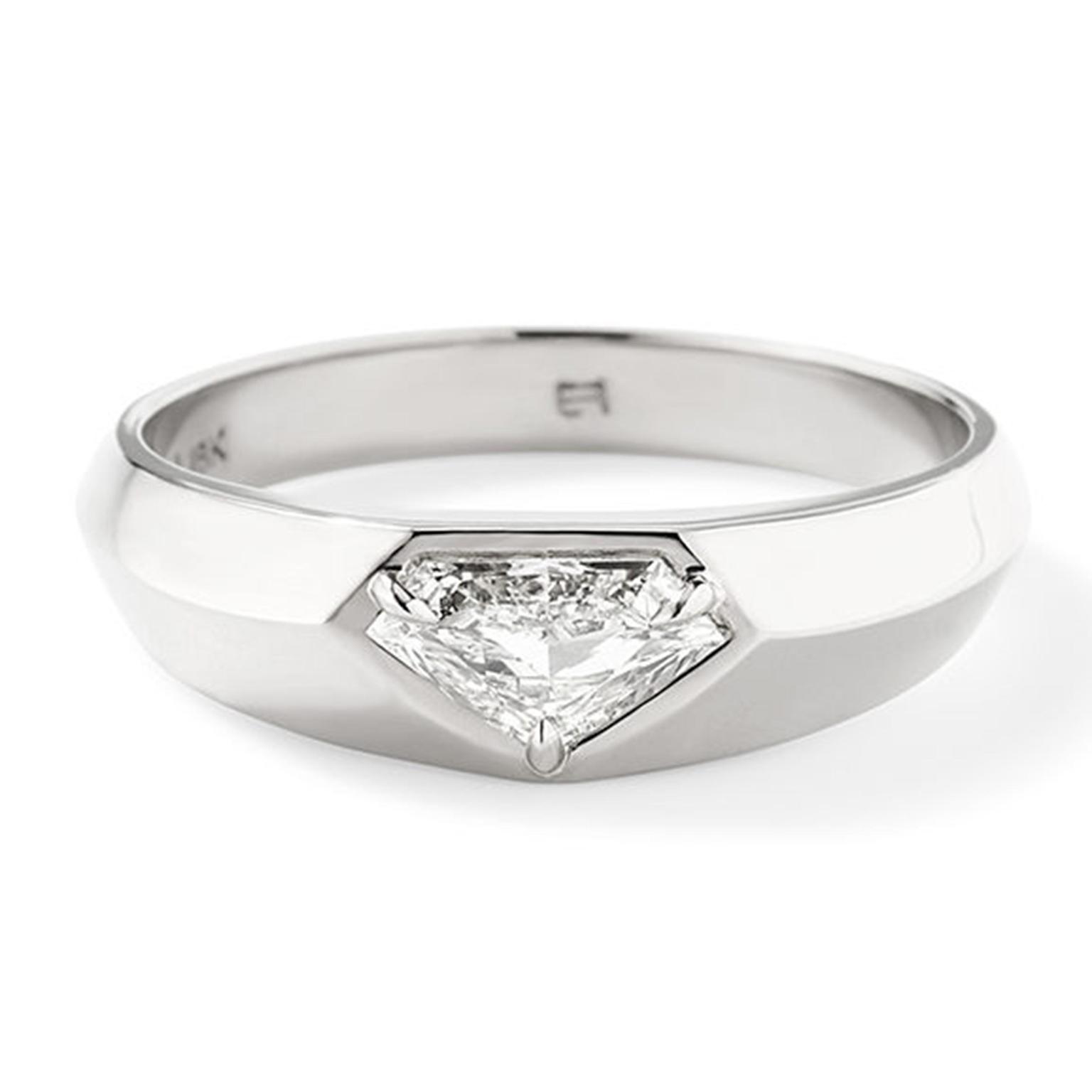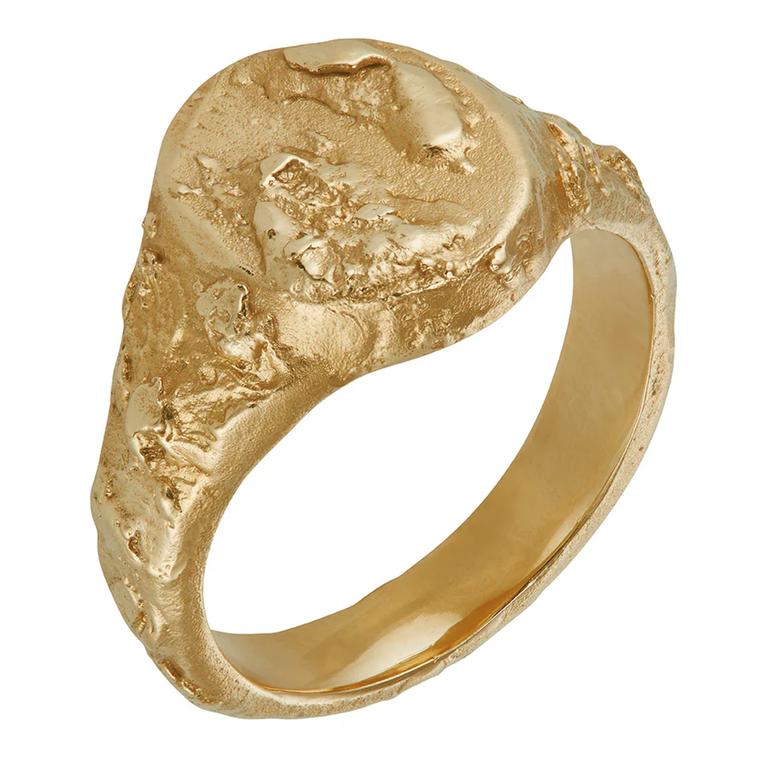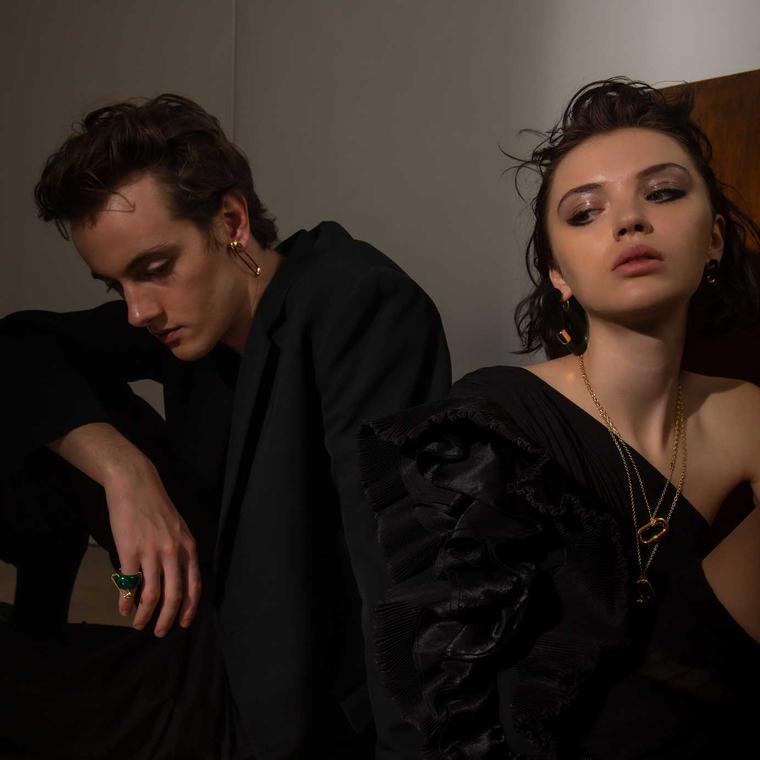When Harry Styles stepped out on the red carpet at the BRIT awards in February 2020, he summed up the prevailing fashion mood perfectly. Dressed in a plum-coloured suit, lilac jumper (with coordinating nail polish) and scalloped poplin-collared shirt, his head-to-toe Gucci look was accessorised with a simple pearl necklace. Gasp – a man wearing pearls? He’s not the only one, either. At this year’s Grammys, Shawn Mendes and Jonas brothers Joe and Nick also opted for strings of pearls in what has to be the most unexpected jewellery trend of the year so far.
The concept of gender-free jewellery is not new, but 2020 has seen a subtle shift from trend to something more permanent. Attitudes towards gender are changing, and this new era of acceptance and inclusivity is having a noticeable effect on the world of jewellery design. By removing the concept of gender entirely in the creative process, a whole new category of jewels has sprung up that mirrors the increasingly fluid world around us.
Whilst it might feel like the movement is being driven by A-listers like Harry Styles, whose glamorous gender-fluid ensembles are colourful catnip to fashion journalists, there are clear indications that the future of jewels will increasingly be gender neutral, starting with the launch of Bulgari’s B.Zero1 Rock jewels. These chunky new additions to the Italian jewellery house’s B.Zero collection – which has been a hit with both men and women since its debut in 1999 – are infused with spiky attitude, with rows of studs bringing a fresh new edge to these iconic jewels. Notably, they are the first to be officially described as unisex by Bulgari.
Haute Couture week in Paris in January was the setting for another pivotal moment for gender-free jewellery when cult Japanese fashion label Comme des Garçons unveiled its first fine jewellery collection. A collaboration with Japanese pearl jeweller Mikimoto, the collection comprises seven pearl necklaces, each given a subversive makeover by maverick Comme des Garçons founder Rei Kawakubo. In keeping with the label’s ungendered approach to fashion, the necklaces have been designed “regardless of age or gender”. Juxtaposing chunky silver chains and CdG charms with beautiful hand-selected pearls, these cool new twists on the pearl necklace went down a storm with the fashion pack.
The Jewellery Editor co-founder Maria Doulton recently met Moroccan-born, London-based designer Julien R Sahyoun, who is the walking embodiment of his unisex jewellery collection Skin. Organic and tactile, the jewels are beautifully textured, inside and out, and the definition of everyday luxe. Where diamonds are featured, they are set so subtly that they melt into the design, as if nature has placed them there.
Sahyoun wears wristfuls of bracelets, rings across multiple fingers and even ear cuffs with such ease that it is quite possible to envisage a future where jewels are no longer classified as his or hers. Like New York’s Eva Fehren, who recently debuted her unisex XX/XY collection with the tagline “For Him, For Her, For Them, For Us”, the inclusive message is loud and clear: if you like it, wear it, regardless of what gender you identify as.
As more designers embrace the opportunity to design without gender constraints, there are those trailblazers who have been doing so for decades. Since she launched her label in 2006, London-based Hannah Martin has been creating gender nonspecific jewels with a rebellious, punky aesthetic, while jewellery royalty Shaun Leane, who recently created Princess Beatrice’s engagement ring, might well be the original unisex designer.
Leane founded his eponymous brand in 1999 after designing jewels for the late, great fashion designer Alexander McQueen, whose early catwalk shows were a mix of men’s and womenswear. Subconsciously, they guided Leane’s aesthetic. “When I started designing my collection, it wasn’t for men or women, they were very unisex and they still are,” he explains. “I do a lot of bespoke, in particular diamond jewellery for men.”
The wind of change is even being felt in Paris, the historic heart of jewellery making in France. Founded more than 400 years ago, family-run high jewellery house Mellerio has been a favourite with European royalty for generations. Best known for its naturalistic designs, the house has had strong ties with fashion designers, Christian Dior and Pierre Balmain included, since the 1950s. In 2015, it decided to revive these connections by inviting couturier Alexandre Vauthier to join its “Chambre de la Haute Couture”.
Vauthier immediately raided the Mellerio archives for inspiration, returning with a design from the 1960s – the catalyst for the Graphic collection. A graphic, new direction for the house, Vauthier envisaged the angular, architectural jewels to be unisex, an inspired move that attracted a brand-new clientele: men.
How long will it be until more of the big brands follow suit? If Louis Vuitton’s soon-to-be-launched Volt collection, which has a unisex component, is anything to go by, gender-neutral jewels are all set to be the biggest jewellery trend of 2020. But let’s not forget that there are some maisons that have been quietly creating unisex jewels for decades. Cartier’s Juste un Clou bracelet, an iconic design dating back to the 1970s, was originally designed for women but men loved it too, while Boucheron’s bold, textured Quatre collection was defiantly gender free from the moment it launched back in 2004. The house's Contemplation high jewellery collection broke ground in presenting unisex jewels in this arena normally the preserve of women.
With Generation Z – those post millennials who have grown up with gender fluidity being the norm – all set to be the next big spenders in luxury, and the lines between menswear and womenswear becoming increasingly blurred, the face of fashion is changing. Gender-bending jewellery, it seems, is here to stay.


